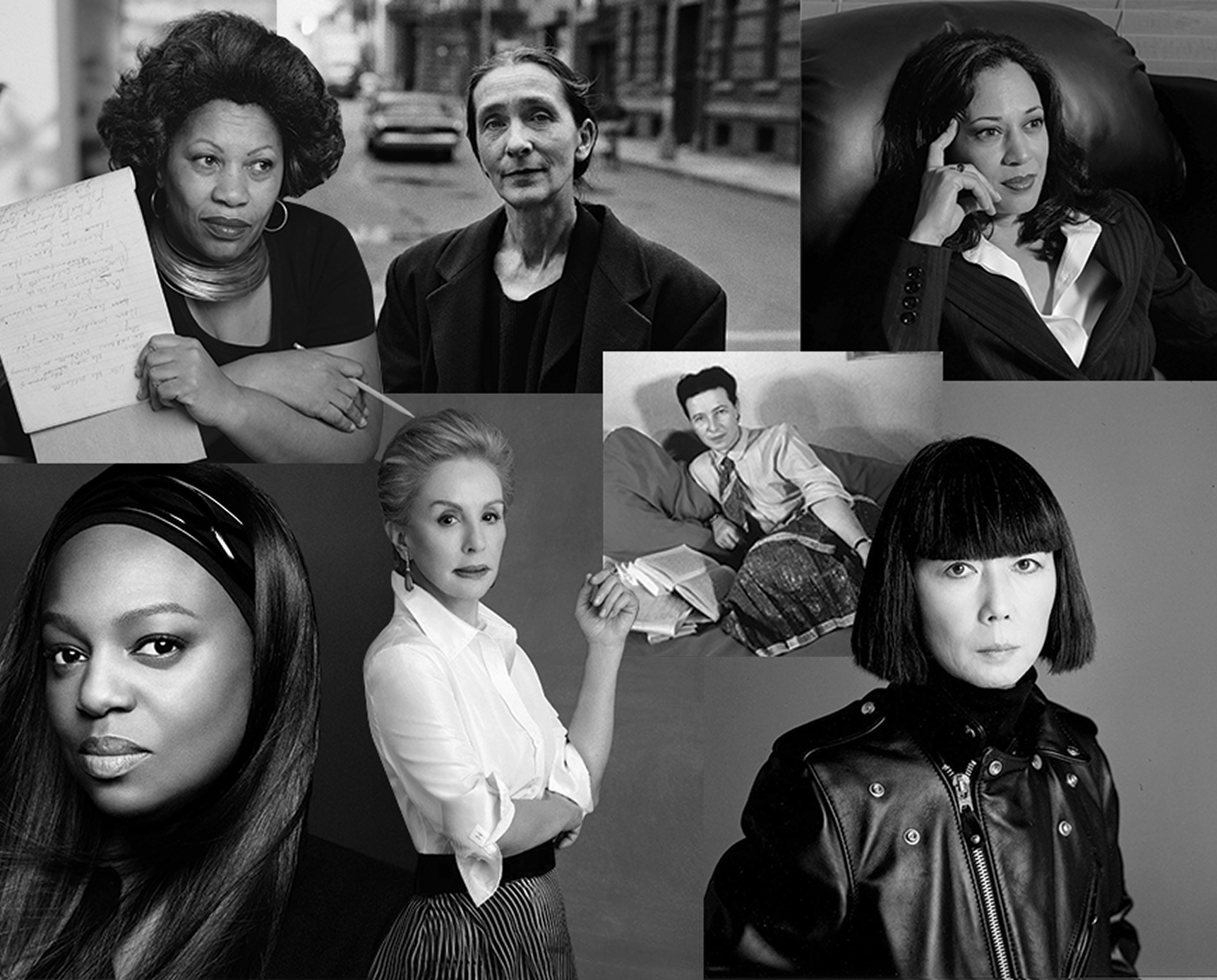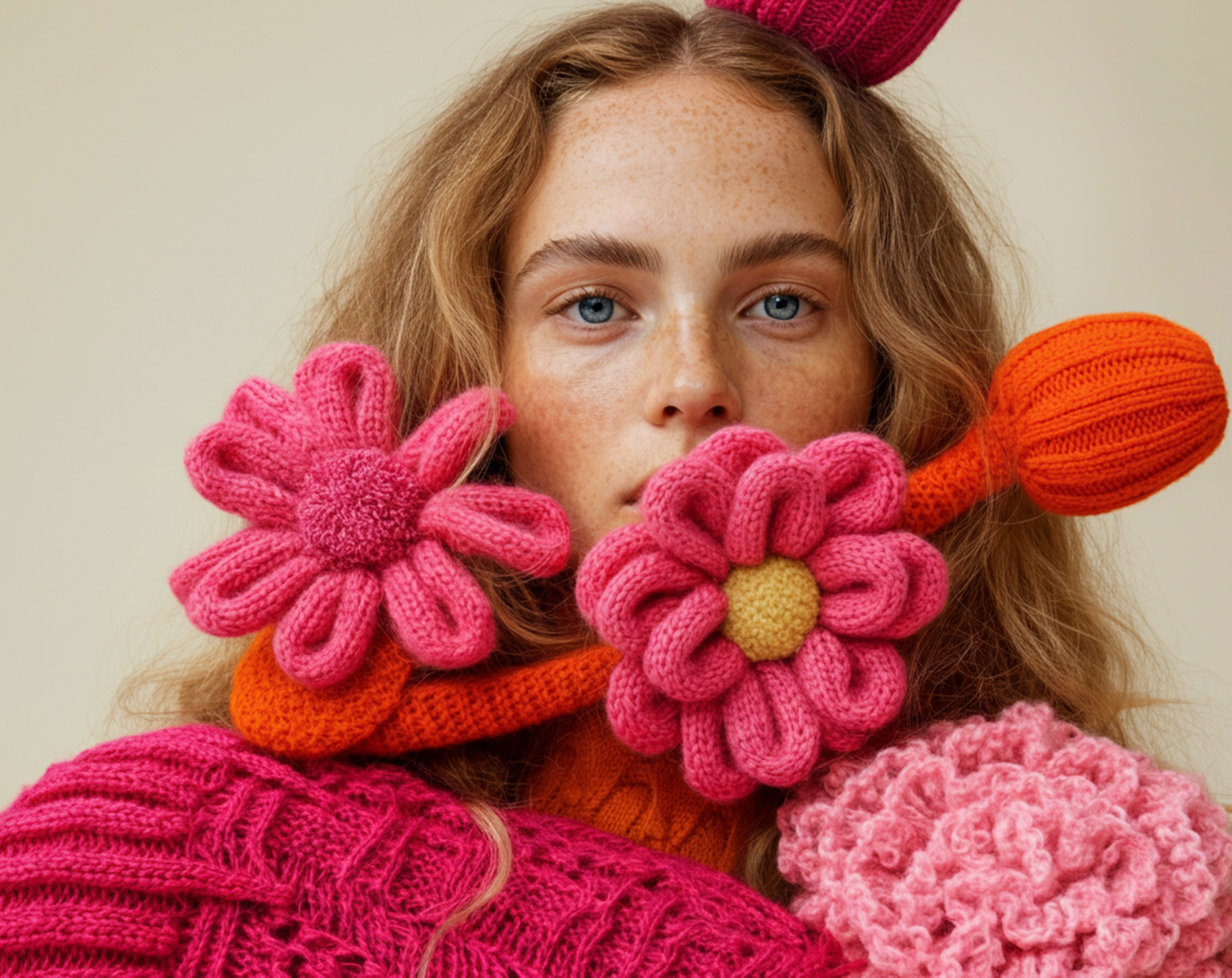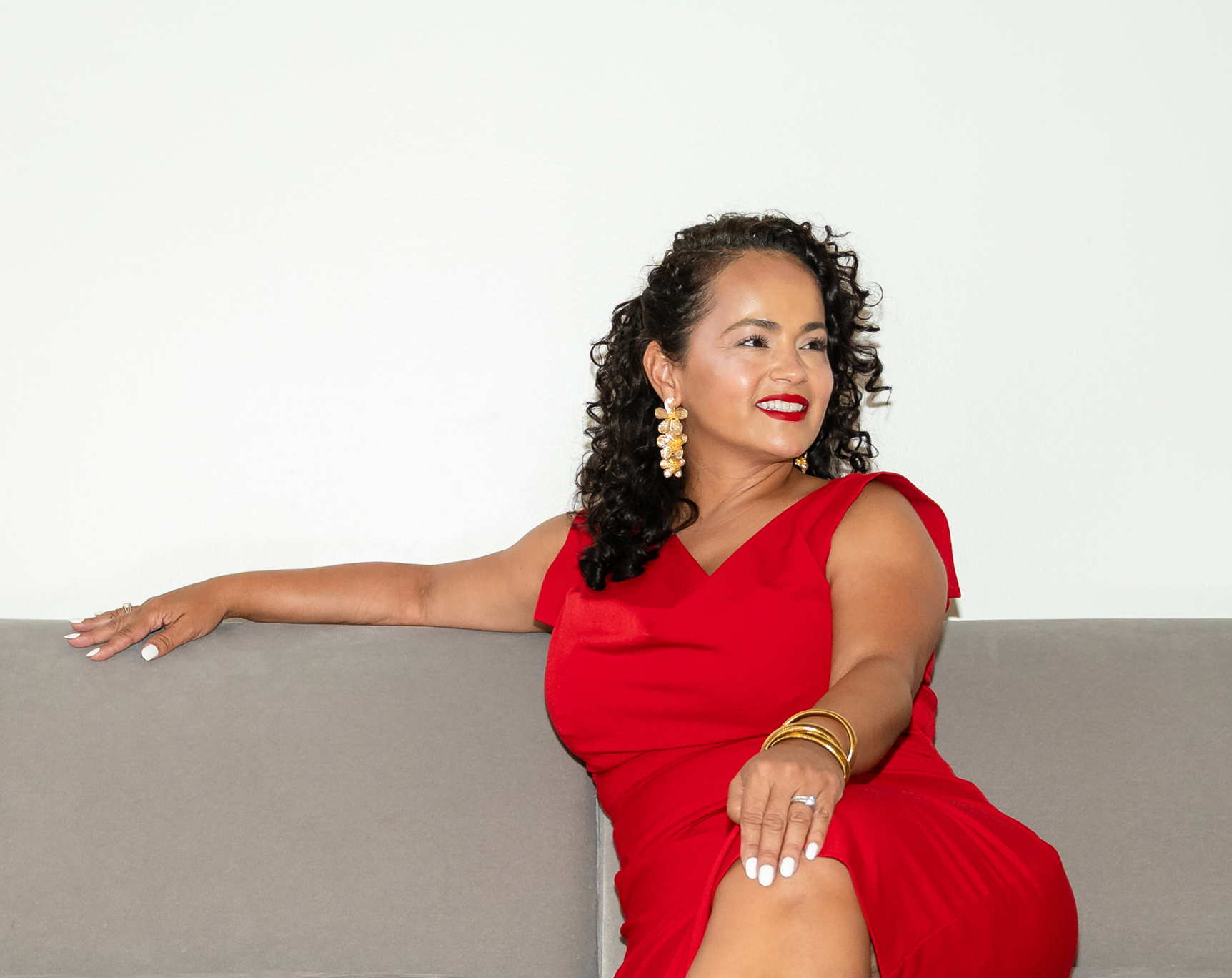Reinventing Influence: How Women Over 40 Are Shaping Culture, Creativity, and Power on Their Own Terms.
Discussions about female maturity are often reduced to clichés: acceptance, authenticity, and a superficial view of what it means to “age gracefully.” While valid, this narrative barely scratches the surface of a much deeper shift. What we are witnessing is not simply a redefinition of beauty, but a revolution in cultural power led by women who are reshaping fields as diverse as politics, technology, art, and philosophy.
In the past, older women were relegated to the private sphere, reduced to supporting roles. Today, they are architects of a new global narrative, confronting the world with tools honed by experience, intellect, and creativity. This isn’t a trend; it’s a redesign of societal structures.
The Intellectual and Cultural Power of Maturity
Beyond anti-aging products or debates over wrinkles, women over 40 are occupying spaces that were once denied to them, not only in media but also in arenas that shape global culture. Consider figures like Toni Morrison, who won the Nobel Prize in Literature at the age of 62—not as a late acknowledgment, but as a validation of her monumental contribution to critical thought on race, gender, and identity.
Similarly, Kamala Harris, as the first woman to serve as Vice President of the United States at 56, didn’t just shatter glass ceilings—she redefined what it means to hold power. These women didn’t arrive at these heights despite their age but because of it. Their achievements are a testament to the accumulated value of decades of experience, resilience, and vision.
In the artistic realm, choreographer Pina Bausch revolutionized contemporary dance in her later years, pushing the human body to a place where emotion and storytelling surpass any standard of physical perfection. She proved that the true beauty of dance lies not in flawless technique but in the emotional authenticity that only experience can bring.
In the beauty industry, Pat McGrath stands as a powerful example of how maturity fuels innovation. At 45, she launched Pat McGrath Labs, a brand that transformed industry standards with bold creativity and an inclusive approach. Rather than chasing youthful ideals, McGrath designed products that celebrate diversity and empower women of all ages, reinforcing the message that beauty has no limits or expiration date.
Similarly, in fashion, Carolina Herrera began her empire at 42, redefining elegance with a vision that championed maturity as an attribute of power and sophistication. Known for dressing first ladies and influential women, Herrera demonstrated that authenticity is the cornerstone of timeless style, famously stating, “Nothing ages a woman more than dressing as if she were younger.”
“NOTHING AGES A WOMAN MORE THAN DRESSING AS IF SHE WERE YOUNGER
CAROLINA HERRERA
Time Is An Asset, Not An Enemy
One of the most revolutionary narratives these women are shaping is that time is not an enemy but the most valuable resource. In a society obsessed with immediacy, they are proving that the most powerful ideas are those simmered over time.
Media mogul Arianna Huffington founded The Huffington Post after turning 50, but her most innovative contribution came later with her company Thrive Global, which redefines success in a hyperconnected world. Huffington advocates for rest, wellness, and introspection as pillars of leadership. In her case, age was not a limitation; it was the catalyst to question the destructive pace of modern corporate cultures.
Similarly, in the world of cinema, Agnès Varda continued creating films well into her 80s, becoming a vital voice for a younger generation of filmmakers. She didn’t just craft visually stunning works; she consistently challenged the power of the gaze and how it shapes storytelling.
A Philosophical Lens: Aging as Transformation
French philosopher Simone de Beauvoir, in her book The Coming of Age, argued that society tends to dehumanize older people, reducing them to an abstract category. Today, women over 40 are challenging this dehumanization—not just reclaiming their place, but transforming it.
This shift has profound implications. By insisting that age is no barrier to innovation, these women are challenging not just beauty standards but the power structures that have upheld those standards. Their achievements transcend the individual, becoming symbols of collective transformation.
Japanese designer Rei Kawakubo, founder of Comme des Garçons, exemplifies how maturity can fuel radical creativity. At 80, she remains a disruptive force in global design, proving that ideas have no expiration date. Kawakubo doesn’t just design clothes; she creates concepts that force us to rethink our relationship with the body, fashion, and time.

“Don’t trust what you see; trust what you feel. If time doesn’t free you, you’ve learned nothing.”
TONI MORRISON
The Legacy These Women Are Building
What’s most powerful about this movement is that it’s not just about the women breaking molds today. It’s about the legacy they are leaving for future generations. By challenging cultural norms around age, they are opening doors for women in their 20s and 30s to envision a future full of possibilities.
These women remind us that life is not a straight line but a continuous cycle of growth and reinvention. Their legacy lies not in halting time but in giving it meaning.
Conclusion: Beyond Wrinkles
This article doesn’t aim to talk about wrinkles or age as obstacles. Instead, it celebrates how women over 40 are rewriting what it means to be influential, relevant, and authentic in a world that, for too long, ignored their value. In the words of Toni Morrison: “Don’t trust what you see; trust what you feel. If time doesn’t free you, you’ve learned nothing.”
This is the time for women who not only live in their best version but are building a new paradigm for the rest of us.




